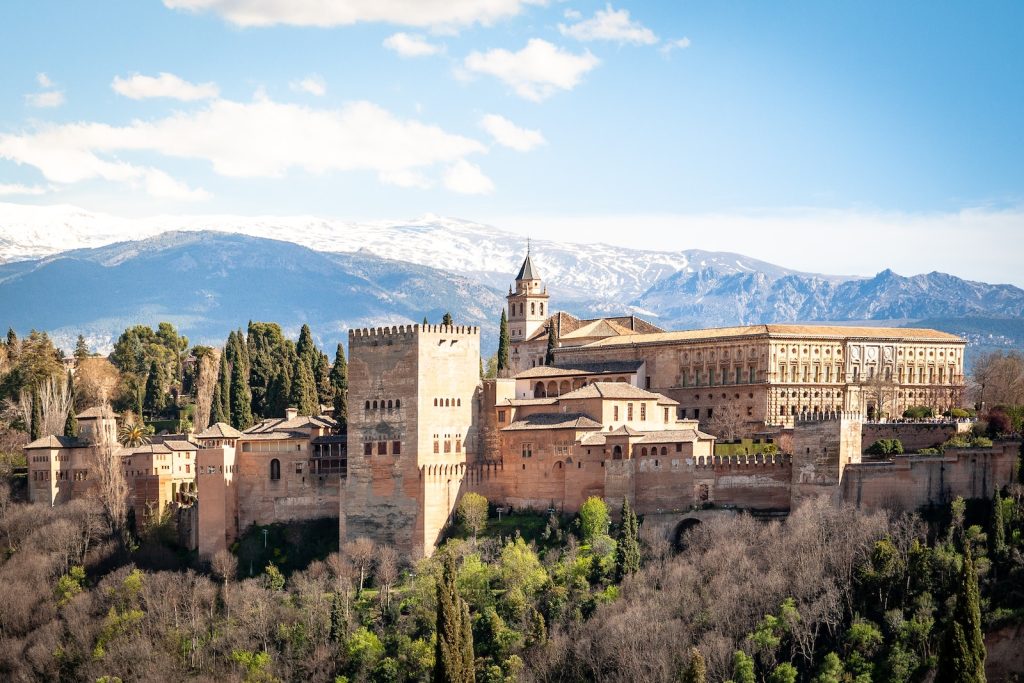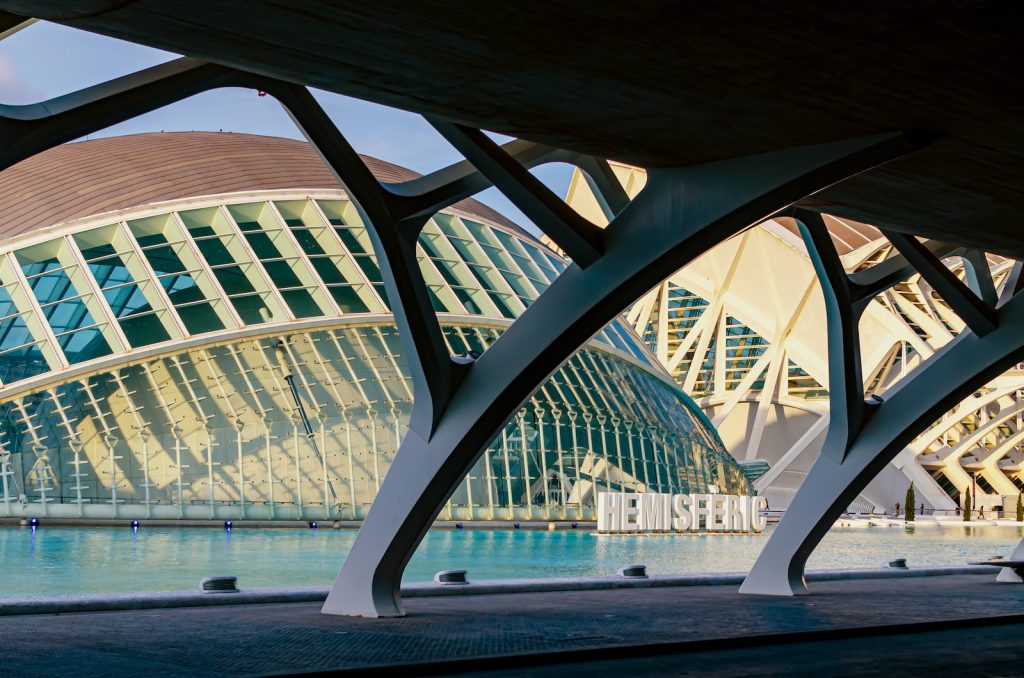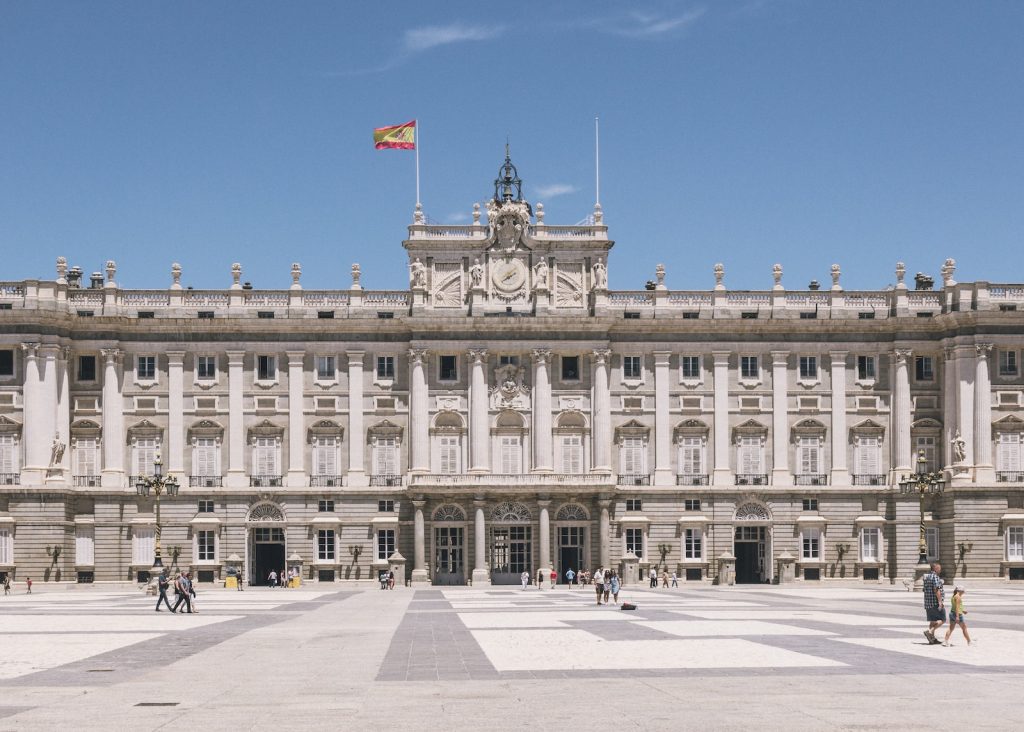Spain is a country that is rich in culture, history, and architecture. From the magnificent Gothic cathedrals to the colorful modernist buildings of Barcelona, Spain is home to some of the world’s most iconic landmarks and architectural marvels. Exploring these landmarks and buildings is an experience like no other, as each one tells a unique story of the country’s past and present. Whether you’re a fan of ancient history or modern design, there’s something for everyone in Spain’s architectural wonders. Join us as we embark on a journey to discover some of Spain’s most iconic landmarks and architecture.
Alhambra Palace: Granada’s Crown Jewel

Nestled in the foothills of the Sierra Nevada mountains in southern Spain, the Alhambra Palace is a stunning fortress complex that is often referred to as Granada’s crown jewel. The palace complex was constructed during the 14th century by the Nasrid dynasty, which ruled over the Kingdom of Granada at the time. The Alhambra Palace served as the residence for the rulers of the Nasrid dynasty, and it also functioned as a military fortress, complete with high walls and watchtowers.
The Alhambra Palace is renowned for its breathtaking beauty and intricate Islamic architecture, which showcases the exquisite craftsmanship of the time. The complex is a true testament to Spain’s Muslim culture and history, with elements of the Arab, Andalusian, and Moorish architectural styles incorporated into its design.
One of the most famous areas of the Alhambra Palace is the Court of the Lions, which features a beautiful courtyard with a central fountain supported by twelve marble lions. The intricate carvings and stucco work in the court are a testament to the incredible skill of the artisans who created them.
Visitors to the Alhambra Palace can also explore the various rooms and halls within the complex, including the Hall of the Two Sisters, which features a stunning domed ceiling and intricate tilework. The Nasrid Palaces, which were the private quarters of the rulers, is also a must-see, with their intricate designs and beautiful courtyards.
Overall, the Alhambra Palace is a must-visit destination for anyone traveling to Spain. Its beauty, history, and architectural marvels are truly breathtaking and will leave visitors in awe of the incredible skill and creativity of the Nasrid dynasty.
Sagrada Familia: Barcelona’s Masterpiece

The Sagrada Familia is a masterpiece of modernist architecture located in the heart of Barcelona. Designed by the legendary architect Antoni Gaudi, the church has been under construction for over 140 years and is still incomplete.
Gaudi started work on the Sagrada Familia in 1882, and when he died in 1926, the church was only about 20% complete. However, construction on the church continued after his death, and it has since become one of the most iconic landmarks in Spain.
The Sagrada Familia is a unique blend of Gothic and Art Nouveau styles, with its towering spires and intricate details. Gaudi’s vision for the church was to create a “forest of columns,” The church’s interior is truly breathtaking, with its soaring columns and colorful stained glass windows.
One of the unique features of the Sagrada Familia is its Nativity Facade, which tells the story of the birth of Jesus Christ through intricate carvings and sculptures. The facade is incredibly detailed, with each figure and scene carefully crafted to tell the story in a beautiful and unique way.
The Sagrada Familia is also home to a museum showcasing the church’s history and Gaudi’s vision for its design. Visitors can see models and sketches of the church and learn about the incredible craftsmanship that has gone into its construction.
Despite being under construction for over a century, the Sagrada Familia is still not yet complete. However, with ongoing efforts to finish the church, visitors can witness firsthand the incredible dedication and craftsmanship that has gone into this modern masterpiece.
Ciudad de las Artes y las Ciencias: Valencia’s Modern Marvel

The Ciudad de las Artes y las Ciencias (City of Arts and Sciences) is a modern marvel located in Valencia, Spain. The complex, designed by architects Santiago Calatrava and Félix Candela, is a stunning example of modern architecture and design.
The City of Arts and Sciences is comprised of several different buildings, each with its own unique design and purpose. The centerpiece of the complex is the Hemisfèric, an eye-catching structure that resembles a giant eye. The Hemisfèric is home to a planetarium, IMAX theater, and laser show.
Another notable building in the complex is the Science Museum, shaped like a whale’s skeleton. The museum features interactive exhibits and displays that explore various scientific topics, including physics, chemistry, and biology.
The complex also includes an opera house known as the Palau de les Arts Reina Sofia, which is a stunning piece of architecture with a striking, angular design. The opera house hosts performances throughout the year, including operas, ballets, and concerts.
One of the City of Arts and Sciences’ most impressive features is the Oceanogràfic, the largest aquarium in Europe. The aquarium is home to a wide variety of marine life, including dolphins, sharks, and sea turtles, and visitors can even go scuba diving with the sharks.
Overall, the Ciudad de las Artes y las Ciencias is a must-visit destination for anyone traveling to Valencia. Its unique blend of science, art, and entertainment is truly remarkable, and the modern architecture and design are a sight to behold. Whether you’re interested in science or history or just looking for a fun day out, the City of Arts and Sciences has something for everyone.
Baroque Wonders: Palaces and Churches

Spain is home to a wealth of Baroque architecture, which flourished during the 17th and 18th centuries. Baroque architecture is characterized by its ornate decoration, dramatic forms, and use of light and shadow to create a sense of drama and grandeur.
One of the most famous examples of Baroque architecture in Spain is the Royal Palace of Madrid, which was built in the 18th century and is one of the largest palaces in Europe. The palace features a stunning facade, intricate stonework, and ornate interiors, including a lavish throne room and a collection of historical tapestries.
Another notable Baroque building in Spain is the Cathedral of Santiago de Compostela, located in Galicia and the final destination for the famous Camino de Santiago pilgrimage. The cathedral features an ornate Baroque facade and a collection of stunning chapels and altarpieces.
The Baroque style also significantly influenced Spanish church architecture, with many churches featuring ornate facades and interiors. One of Spain’s most famous examples of Baroque church architecture is the Church of the Sagrario in Toledo, which features a stunning facade with intricate stonework and dramatic forms.
Overall, the Baroque period was a time of great creativity and innovation in Spanish architecture, resulting in some of Europe’s most stunning palaces and churches. Today, these Baroque wonders continue to inspire and awe visitors worldwide, showcasing Spanish architects and artisans’ incredible skill and creativity.
Conclusion: Spain’s Iconic Landmarks
In conclusion, Spain’s iconic landmarks offer visitors a glimpse into the country’s rich history, culture, and architecture. From the towering Gothic cathedrals to the intricate Moorish palaces and the grand Baroque palaces and churches, Spain’s landmarks are a testament to the incredible skill and creativity of its architects and artisans.
Exploring Spain’s landmarks can be a truly awe-inspiring experience, whether you’re admiring the intricate tilework of the Alhambra Palace or gazing up at the towering spires of the Sagrada Familia. And let’s not forget the beautiful beaches, vibrant cities, and delicious cuisine that make Spain such a popular destination.
So if you’re looking for an adventure that combines history, culture, and beauty, Spain’s iconic landmarks are definitely worth a visit. Just be sure to bring comfortable shoes for all that walking and an empty stomach for all that delicious food!






























